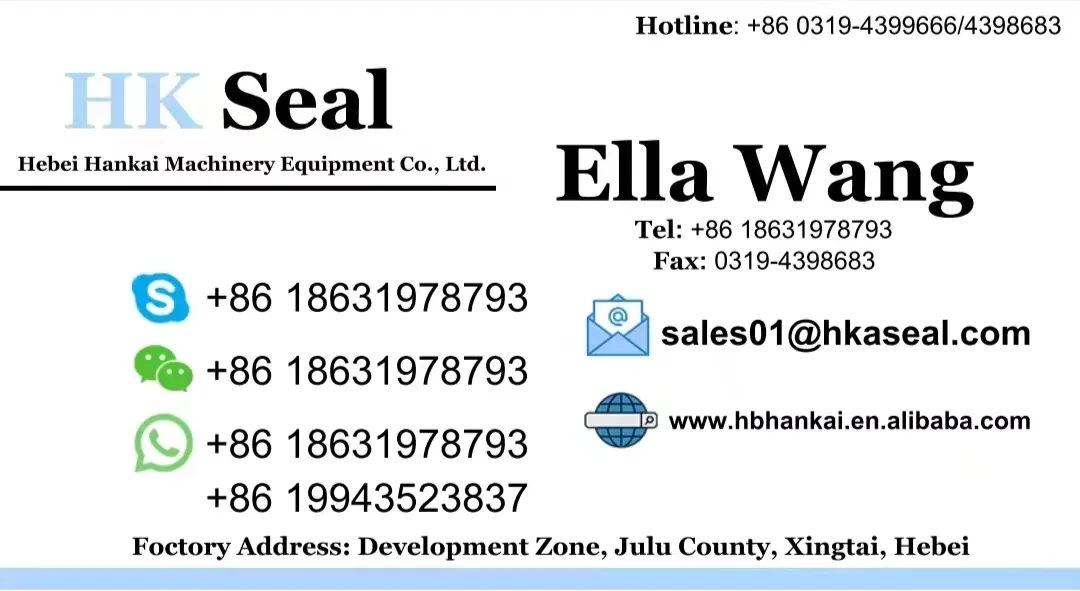សីហា . 13, 2024 07:18 Back to list
Understanding the Process of Replacing Seals in Hydraulic Cylinders for Efficient Performance
Replacing Seals in a Hydraulic Cylinder A Comprehensive Guide
Hydraulic cylinders play a critical role in many industrial applications, providing the force necessary for moving heavy equipment and machinery. However, like any mechanical component, hydraulic cylinders can experience wear and tear over time, with seal failure being one of the most common issues. Replacing seals in a hydraulic cylinder is a fundamental maintenance procedure that can enhance efficiency and prolong the lifespan of the cylinder. This article will guide you through the essential steps and considerations involved in this process.
Understanding Hydraulic Seals
Hydraulic seals are essential components that prevent fluid leakage and maintain pressure within the system. They are typically made from rubber or other polymer-based materials, which are designed to withstand high pressures and a range of temperatures. Over time, seals can become worn or damaged due to factors such as extreme pressure changes, temperature fluctuations, or contamination from dirt and debris. When seals fail, it can lead to decreased performance, oil leaks, and even catastrophic failure of the hydraulic system.
Signs of Seal Failure
Before you begin the replacement process, it's crucial to identify the signs of seal failure. Common indicators include
1. Visible Leaks Puddles of hydraulic fluid around the cylinder or on machinery components signify a compromised seal. 2. Loss of Pressure An inability to maintain pressure can indicate that seals are not functioning properly. 3. Inconsistent Performance If machinery operates erratically or speeds fluctuate, this can point to seal issues.
Preparing for Replacement
Before embarking on the replacement process, gather the necessary tools and materials, including
- Replacement seals (ensure they are compatible with your specific cylinder) - Wrenches and sockets - Pliers - A seal puller - Clean rags - Hydraulic fluid for refilling
replacing seals in a hydraulic cylinder

Step-by-Step Replacement Process
1. Safety First Ensure that all power to the hydraulic system is shut off. This includes disconnecting the cylinder from the hydraulic power unit and allowing any pressurized fluid to safely discharge.
2. Disassembly Carefully remove the hydraulic cylinder from its mounting. Use appropriate wrenches and sockets to disassemble the cylinder, taking note of how components are situated for reassembly.
3. Remove Old Seals Using a seal puller or flathead screwdriver, gently pry out the old seals from their grooves. Be cautious not to damage the cylinder's housing during this process.
4. Clean the Cylinder Thoroughly clean the cylinder's interior and the grooves to remove any debris or old fluid. This step is crucial to ensure a proper seal fit.
5. Install New Seals Carefully position the new seals in their respective grooves. Ensure that they are seated properly and that there are no twists or folds that could cause leaks.
6. Reassemble the Cylinder Following the notes taken during disassembly, reassemble the hydraulic cylinder. Make sure all bolts and fittings are tightened to the manufacturer’s specifications.
7. Refill and Test Refill the hydraulic system with appropriate fluid and check for leaks. Perform a test run to ensure the cylinder operates correctly and efficiently.
Conclusion
Replacing seals in a hydraulic cylinder may seem daunting, but with the right preparation and a systematic approach, it can be a straightforward process. Regular maintenance, including timely seal replacements, will not only enhance the performance of hydraulic systems but also prevent costly repairs due to unexpected failures. By being proactive and knowledgeable, operators can ensure the longevity and reliability of their hydraulic machinery.
-
The Trans-formative Journey of Wheel Hub Oil Seals
NewsJun.06,2025
-
Graphene-Enhanced Oil Seals: Revolutionizing High-Pressure Oil Sealing
NewsJun.06,2025
-
Future of Hydraulic Sealing: Advanced Intelligent TCN Oil Seals
NewsJun.06,2025
-
Don’t Let a Broken TCV Oil Seal Ruin Your Day
NewsJun.06,2025
-
Bio-Inspired Dust Seals for Better Sealing Performance
NewsJun.06,2025
-
Biodegradable and Sustainable Hydraulic Seal Materials
NewsJun.06,2025
-
Top Oil Seal Solutions for Your Industrial Needs
NewsMay.22,2025
Products categories
















